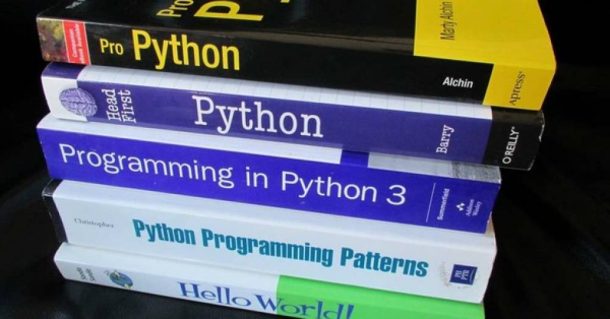





A prime number is the one that is not divisible by any other number except 1 and itself. In Python % modulo operator is available to test if a number is divisible by other. Assuming we have to find prime numbers between 1 to 100, each number (let us say x) in the range needs to be successively checked for divisibility by 2 to x-1. This is achieved by employing two nested loops. , Abov.....
It is a bitwise right shift operator. The bit pattern is shifted towards right by number of places stipulated by operand on right. Bits on left are set to 0 For example a=60 (00111100 in binary), a>>2 will result in 15 (00001111 in binary) ,
In Python, ^ is called EXOR operator. It is a bitwise operator which takes bits as operands. It returns 1 if one operand is 1 and other is 0. Assuming a=60 (00111100 in binary) and b=13 (00001101 in binary) bitwise XOR of a and b returns 49 (00110001 in binary) ,
In C/C++ and Java etc, ++ and -- operators are defined as increment and decrement operators. In Python they are not defined as operators. In Python objects are stored in memory. Variables are just the labels. Numeric objects are immutable. Hence they can't be incremented or decremented. However, prefix ++ or -- doesn't give error but doesn't perform either. , Postfix ++ or -- produce errors ,
Dictionary object is an unordered collection of key-value pairs, separated by comma and enclosed in curly brackets. Association of value with key is marked by : symbol between them. , Key can appear in a dictionary object only once, whereas single value can be assigned to multiple keys. Key should be of immutable data type i.e. number, string or tuple. ,

Sign up now to get your own personalized profile!
We use cookies to provide and improve our services. By using our site, you consent to our Cookies Policy. Accept Learn more
